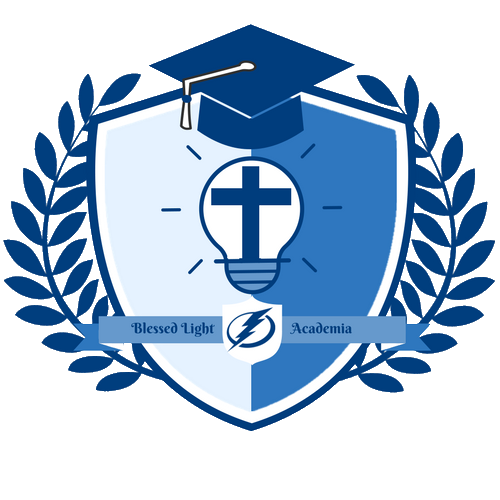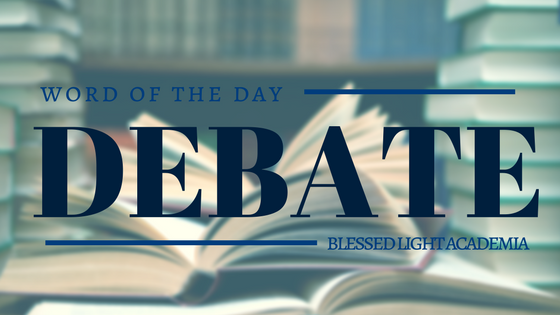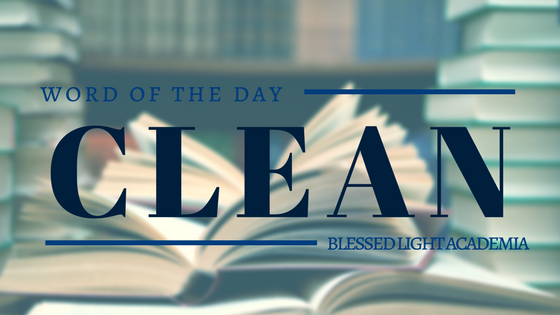Home Education is a scary thing to start. Very daunting. Here is a list including a good start on the vocabulary associated with ‘Creative Learning’
Homeschooling is a type of education where children learn outside of a school setting under the supervision of their parents. The family determines what is to be learned and how it is to be taught, while following whatever government regulations apply in that state or country.
Today homeschooling is a widely accepted educational alternative to traditional public or private schools, as well as a valuable method of learning in its own right.
- Accidental Homeschooler – A term coined by Time4Learning to describe the homeschoolers who start on the homeschool path somewhat accidentally, more through a process of elimination of choices of educational options than a deep-seated desire to homeschool. Often, they convert from their initial skepticism to true enthusiasm.
- “Boxed Curriculum“– There are many programs for purchase that provide homeschool families with a comprehensive scope and sequence, textbooks, assessments, projects, and timelines that are grade leveled. These programs provide day-by-day very specific instructions to the parent and student.
- Charlotte Mason Education – Charlotte Mason was a 19th century educator who believed that education should be based on great literature and the arts. She believed in a leisurely, self-directed style of education based on observation and reflection, often through discussion and journaling. Charlotte Mason education is based on a lifelong quest for knowledge and skills.
- Classical Education – A process of teaching children to learn based on developmental phases and educational principles developed by the ancients. For the primary years, children learn fact based information. In the middle school years, children learn logic and reasoning, and in the high school period, children develop the art of abstraction and persuasion. Also referred to as “trivium-based education.”
- Compulsory Attendance/Education – Refers to the ages during which the state requires students to receive formal education.
- Cooperative (Co-Op) – A collective group of homeschoolers working together for a common purpose. All members of the co-op must contribute in some way toward the end goal; usually this contribution is in the form of effort, not money.
- Cover School – A school that enrolls homeschooling children or families and offers services supportive of home education. This type of school is also known as an “Umbrella School.”
- Curriculum – The materials used for a course, which can include a text-book, a teacher and grading guide, lesson plans, tests, and worksheets. In an online curriculum, some of these elements can be integrated and automated.
- Curriculum Map – A Curriculum Map (or a concept map) clarifies how different subjects and levels of education relate in terms of sequence and dependency. For instance, it would highlight that to teach ´twoddigit addition with carrying over´ in one grade, the child must have previously mastered place values, addition, and single digit math facts.
- Cyber Schools – A new term referring to the new online schools. These range from public schools, administered as a correspondence school, to a range of highly specialized approaches offered by public, private, parochial, and charter entities. Some homeschoolers do not consider cyber schools to be homeschooling as the parents are not necessarily responsibility for their child’s education. Schools generally need an additional accreditation to be specifically allowed to provide online credits and degrees.
- Deschooling – Deschooling refers to the period of time, also called decompression, when student (and family) adjusts after leaving a traditional school setting. This period can range from a few weeks to an entire year, depending upon the student’s needs.
- Eclectic Approach – A method of teaching that does not rely on any one approach but rather culls the best from multiple approaches.
- Exclusive – A term used to describe support groups that require a religious declaration of faith or other criteria for membership.
- Homeschooling – Education in which the parent takes primary responsibility as opposed to an institution like a private, public, or parochial school. There are increasingly a number of blends in which schools remotely supervise children with involvement by the parents. Homeschooling has a different legal status in each of the 50 states.
- Homeschool Support Group – (Also known as a Homeschool Group) A group of homeschoolers who interact on a regular basis for the purpose of networking, sharing resources and energy, providing opportunities for socialization and co-teaching. Some support groups are virtual (i.e., internet-based), but the majority have physical locations and meetings. Abbreviated as HSG or SG.
- Inclusive – An “inclusive” homeschool group accepts and includes all homeschoolers, irrespective of their beliefs or reasons for seeking an alternative to “traditional” education. Some religious home school groups require a “declaration of religious belief” in order to join.
- Learning Methods – Learning methods focus on the way a person best takes in and processes information. There are many theories that look at the way a person learns best including the Theory of Learning Styles and Multiple Intelligences.
- Learning Styles – This includes Auditory (learning through listening and talking), Visual (learning through seeing) and Kinesthetic/Tactile (learning through movement and touch). When learning takes place through the senses, students gain a more solid understanding of the content.
- Multiple Intelligences – According to Howard Gardner’s theory of multiple intelligences, there are eight different intelligences that shape the way a person interacts with information. These include: linguistic or “word smarts,” logical/mathematical or “math smarts,” bodily/kinesthetic or “movement smarts”, visual/spatial or “picture smarts”, musical or “music smarts”, interpersonal or “people smarts”, intrapersonal or “self smarts”, and naturalist or “nature smarts.”
- Natural Learning Systems –The five natural learning systems which were developed by Barbara Givens include the emotional, social, cognitive, physical and reflective learning systems.
- Portfolio – An accumulation of materials that demonstrate your child’s learning. Some items included are: logs (reading, attendance), assignments (samples from each subject demonstrated throughout the year), awards, certificates of participation, list of materials used (textbooks, websites, computer programs, resource books etc), pictures of projects and field trips, writing samples (composition and penmanship), and other items that you feel represent your child’s education. Portfolios can be online, in file boxes, in 3-ring binders (the most common), or otherwise.But, it’s Organization is the key. This is an on-going process that your child should take part (and pride) in from the beginning.
- Relaxed homeschooling – Relaxed homeschooling is a similar term to Unschooling but who take more of a blended approach. Sometimes, their blend is required if they reside in a state with subject and logged time requirements.
- School at Home – A common beginning method of homeschooling in which a family attempts to simply recreate a conventional classroom education within their home. Many times this includes a boxed curriculum and a somewhat rigid daily schedule.
- Scope and Sequence – An outline of skills and information to be taught, typically organized by grade level or by course. Provides information on what will be covered.
- Socialization (The “S” Word) – Many homeschoolers are criticized as not providing appropriate socialization, meaning the interaction found in a traditional school. As homeschoolers point out, traditional school’s artificial grouping by age, grade, and ability-level, is a dysfunctional and unrealistic situation compared to the socialization of children within a family and more natural social groupings.
- Supplemental Resources – These are educational materials, field trips, and projects that are used to enhance the learning experience.
- Textbooks – Textbooks are just one part of a package of resource materials that includes: a scope and sequence, an educators’ manual with teaching strategies, a student book with content explanations and examples, and a practice workbook. These packages usually offer a re-teach (remediation) workbook or an enrichment workbook that focuses on higher level critical thinking skills.
- Traditional Schooling – A term used by homeschoolers to refer to students who attend public, private, or parochial schools.
- Umbrella School – A school that enrolls homeschooling children or families and offers services supportive of home education. This type of school is also known as an “Cover School.”
- Unschooling – Also known as student-led education, this is a teaching method in which students study those topics that interest them, rather than follow a pre-defined curriculum.
- Unit Study – A cross-curricular educational approach in which learning is focused around a central, common theme. For instance, a unit study on trains would teach the development and use of early trains (history), train routes (geography), different engine types (science), train-based literature (language arts), and so on. Unit studies allow children of different ages to study the same unit together but in different levels of detail.



Leave a Reply